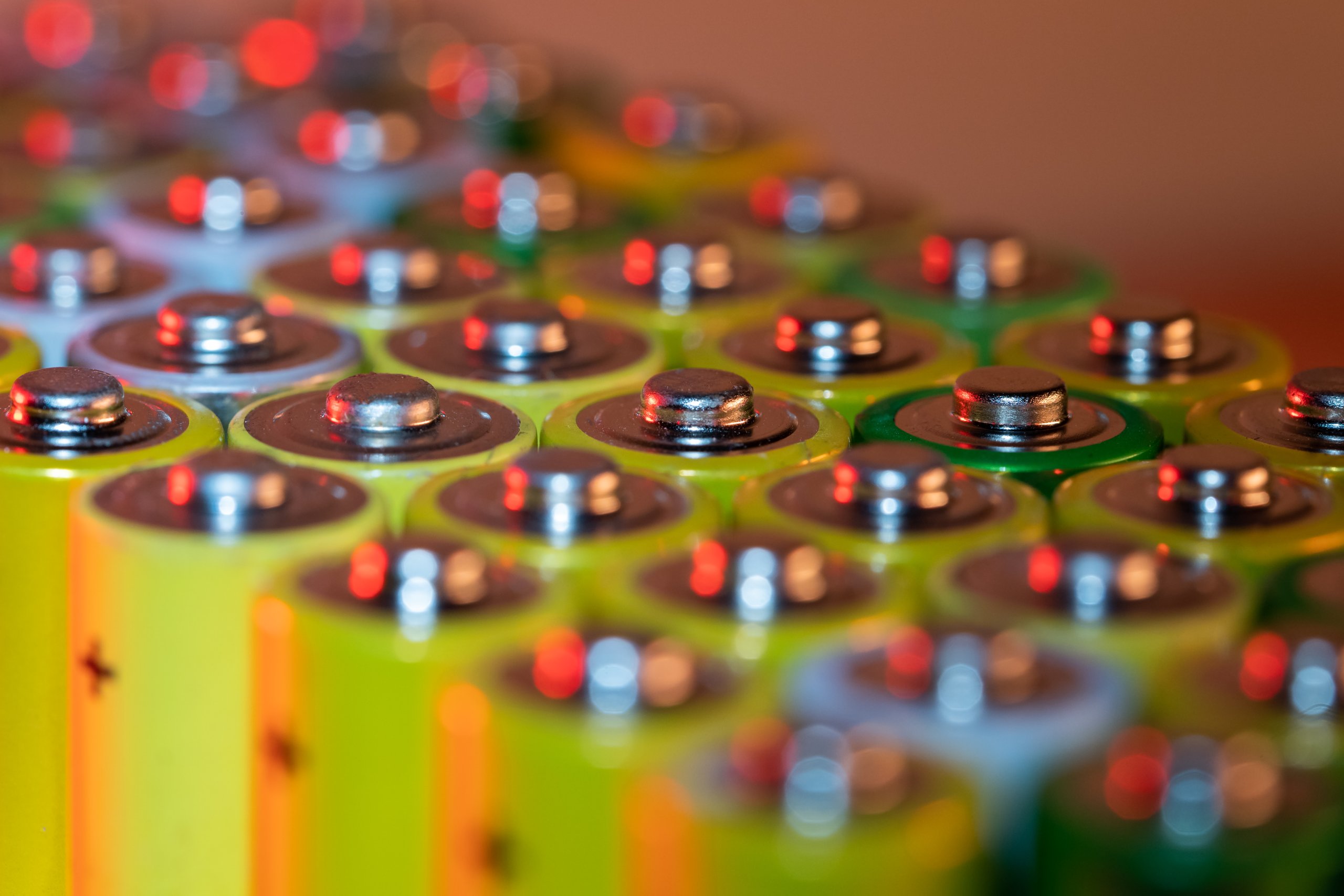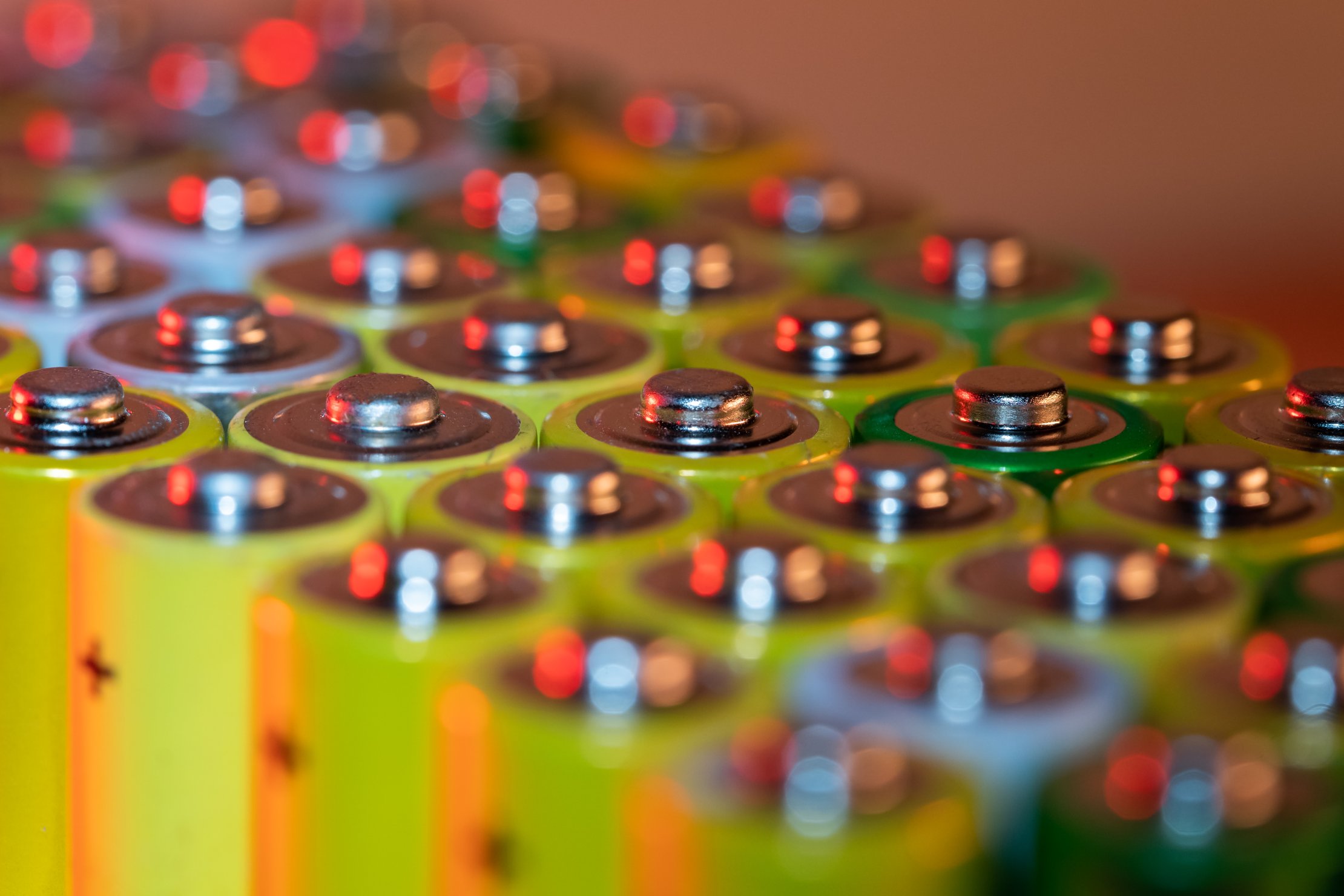

Battery impedance is one of the technical aspects that often slip through the cracks when discussing battery performance. And yet, overlooking it can be a costly mistake. Whether you are an engineer designing next-generation batteries or a consumer looking for the best power source, understanding battery impedance is nothing if not crucial.
This article takes a deep dive into its key components, performance impact, and optimization strategies, keeping you in the know and ahead of the game when it comes to battery technology.
Components of Battery Impedance
At its core, battery impedance consists of two fundamental components: internal resistance and reactance. These two factors, in equal measure, dictate a battery’s ability to store and deliver energy efficiently.
Internal Resistance
Internal resistance is the opposition within the battery that impedes the flow of electrical current. It comes in two key types:
- Ohmic Resistance: This stems from the battery’s conductive materials and electrolyte composition. It is a rudimentary form of resistance, but its impact is far from negligible. If your remote control starts acting weird and buttons don’t respond well, that’s ohmic resistance holding back the electrical signal.
- Ionic Resistance: This is related to how the charged particles move within the battery’s electrolyte. When this resistance ramps up too much, the battery starts heating up and wasting a lot of energy, which is when efficiency starts to decline. If your smartphone heats like a furnace after a few hours of use, that’s ionic resistance making your battery inefficient.
High internal resistance leads to fast energy drains and a noticeable drop in performance. It’s essential to manage this to keep your batteries running smoothly.
Reactance
Reactance, on the other hand, is a more complex phenomenon that occurs primarily in alternating current (AC) circuits. It consists of:
- Inductive Reactance: Caused by the magnetic fields generated as current flows through the battery. That slight hum from your charger is caused by inductive reactance.
- Capacitive Reactance: Linked to the charge storage capability of the battery’s electrodes. Ever notice how fast your laptop charges and discharges depending on settings and usage? That’s capacitive reactance at work.
Reactance plays a crucial role in rechargeable batteries, especially in high-frequency applications. When left unchecked, it can go off the rails and lead to performance degradation over time.
The Role of Impedance in Battery Performance
Battery impedance is not just a technicality—it directly influences key performance factors. So, ignoring it is like setting yourself up for a wild goose chase in troubleshooting battery issues.
Let’s break down the major ways impedance affects battery performance.
Energy Efficiency
Low impedance is a golden ticket to superior energy efficiency. Batteries with minimal internal resistance suffer from fewer power losses, ensuring a higher energy retention rate. In contrast, a high-impedance battery is always in decline, losing more energy as heat instead of delivering it to the load.
Charging Speed
Fast charging capabilities are a hallmark of modern battery technology, but high impedance can throw a wrench in the works. Batteries with low impedance can handle higher currents, leading to quicker charge times without overheating. If the impedance is too high, charging becomes inefficient and slower.
Thermal Management
Heat generation is an unavoidable consequence of electrical resistance. When impedance is high, the battery generates more heat, leading to potential safety hazards and premature aging. Thermal management systems are necessary to ensure batteries don’t crack under pressure or fall prey to extreme temperature fluctuations.
Cycle Life
Battery longevity is directly tied to impedance. As impedance increases, the battery’s capacity decreases, reducing the number of charging cycles it can go through. Managing impedance helps extend battery life and maintain optimal performance.
Battery Design to Minimize Impedance

Engineers and researchers have developed various strategies to minimize impedance and maximize battery performance. These innovations are the backbone of modern battery technology, ensuring that devices remain efficient, reliable, and long-lasting.
Cell Architecture
Battery design plays a crucial role in controlling battery impedance. Key factors include:
- Electrode Thickness: While thicker electrodes can improve energy density, they may also increase resistance. Engineers must find the optimal balance to ensure efficient conductivity.
- Separator Design: A thoughtfully designed separator structure can minimize ionic resistance and maximize power output. This way, your batteries perform at their best.
- Tabs design: multi-tabs reduce electron resistance by providing multiple paths for the current, which lowers the overall impedance and enhances power delivery.
One of the most effective ways to reduce impedance is through advanced battery interface engineering. Molicel’s commitment to advanced battery interface engineering has yielded significant reductions in impedance, most notably in the INR-21700-P50B. Through meticulous optimization, we’ve achieved an ultra-low impedance of 13.5mΩ, resulting in enhanced overall performance and efficiency.
This achievement is further supported by unique SEI and CEI technologies, which bolster battery reliability and maintain low impedance throughout the cell’s extended cycle life, thus enabling sustained high-power output. These interface design innovations translate to tangible improvements, facilitating faster charge rates and higher power output without compromising the battery’s longevity.
Real-world battery problems usually come down to poor design choices, so getting cell architecture is key.
Thermal Management Systems
Temperature control is the last line of defense in the battle against rising impedance. Advanced cooling mechanisms and thermal regulation strategies ensure that batteries remain in a stable operating condition. Without proper management, even the most well-engineered battery can go up in flames and lead to dire consequences.
Wrapping It Up
Battery technology is on the cusp of major breakthroughs. Innovations in nanotechnology, graphene-based electrodes, and ultra-fast charging solutions are paving the way for batteries with unprecedented performance. These tech marvels promise a new era of battery performance that’s more efficient, longer-lasting, and super reliable. Fortunately, companies like Molicel are investing in these technologies to make some progress in the energy storage industry.
If there’s one takeaway from this discussion, it’s that battery impedance is a game-changer. Ignoring it can cost you efficiency, longevity, and reliability. But by understanding its components, managing its effects, and leveraging cutting-edge innovations, we can push the boundaries of what batteries can achieve.
Discover the Low Impedance Solutions with Molicel
Why settle for outdated battery technology when you can experience the future today? Molicel is at the forefront of developing high-performance, low-impedance batteries designed to meet the demands of modern applications.
Ready to take the next step? Explore Molicel’s latest innovations and unlock the potential of next-generation ultra-high power cell.


